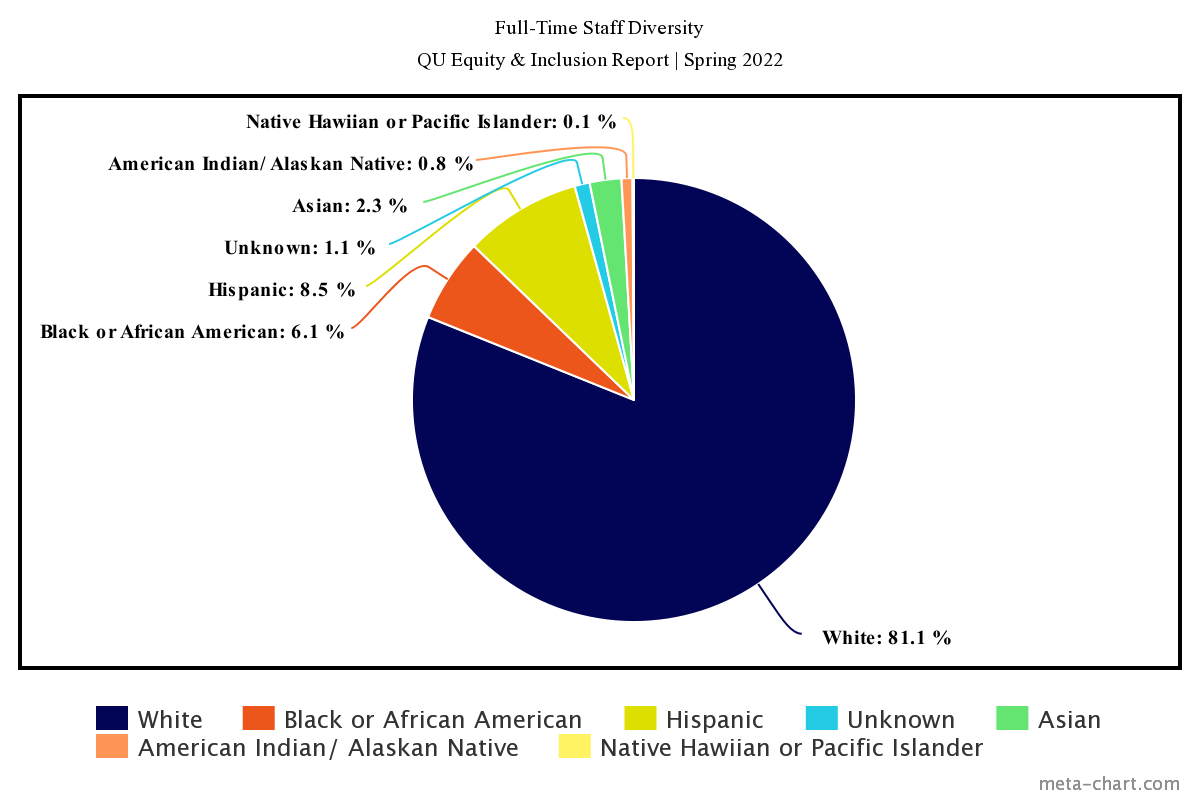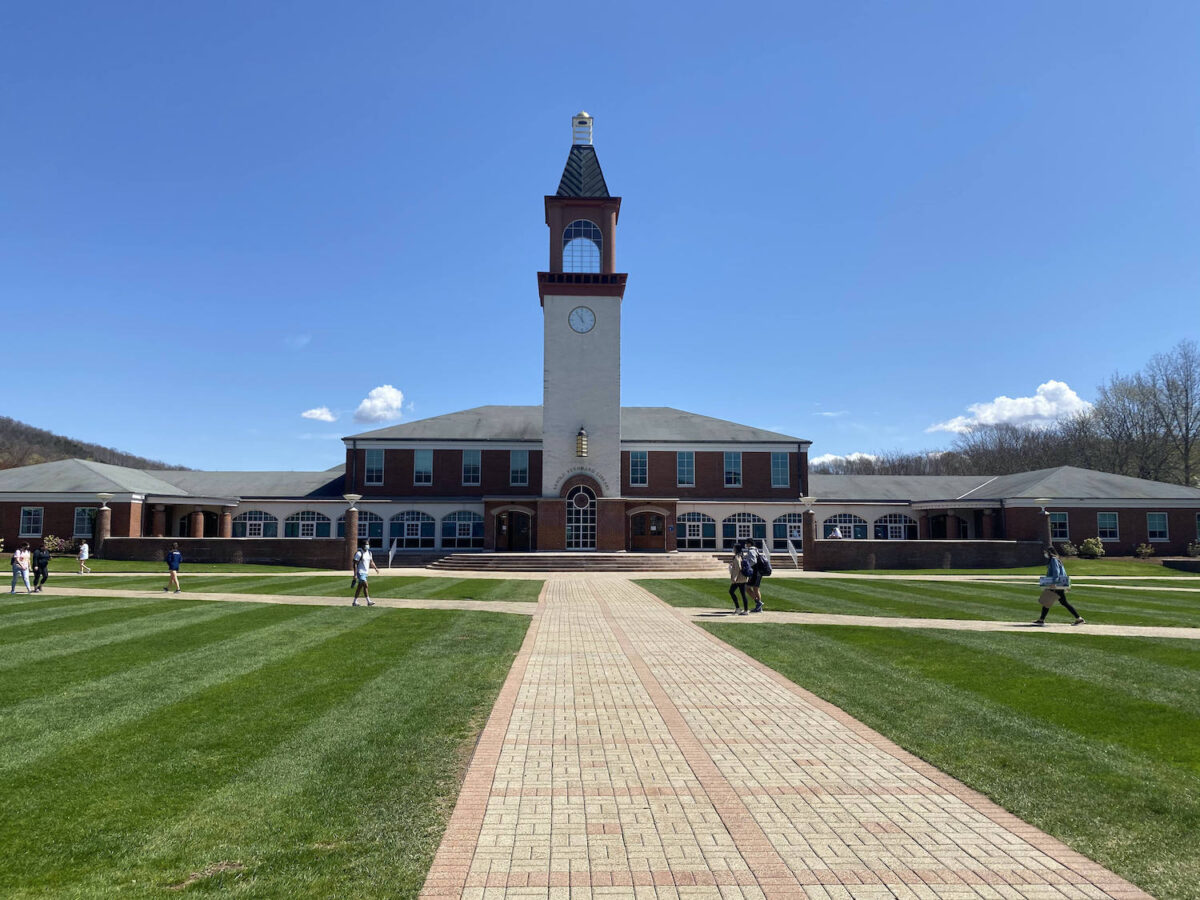“There’s no perfect solution to it all.” – University of Cincinnati Research Professor in Communications, Ronald L. Jackson II.
Affirmative action began as an executive order from President Lyndon B. Johnson in 1965. It was a set of procedures that were made to increase the representation among minority groups and women in education, employment and businesses. The areas that they have been historically kept out of.
On June 29, 2023—the Supreme Court struck down Affirmative Action in college admissions. This decision stated that race can no longer be used for admissions, compelling universities and higher education institutions to find other means of diversifying their campus.
The banning of these procedures has led universities and higher education institutions to make changes to their admissions processes and have discouraged some high school students of color to apply to bigger named institutions for fear of not being admitted.
“The whole reason for affirmative action was to give [students of color] a fair chance of getting into institutions and universities. Whereas in the past they wouldn’t have been able to just on the basis of their skin color, race, ethnicity— it now makes it much harder,” said Karl Bruce-Tagoe, student and MSLC representative for the African Caribbean Student Union at Quinnipiac.
In a statement released on June 30, 2023, by Quinnipiac University President Judy Olian wrote:
At Quinnipiac, while our undergraduate admissions and financial aid processes do not use race as a criterion for admissions or award of financial aid, we do use data and statistical analysis to determine if deliberate programs are needed to eradicate disparities that correlate with, and hinder the advancement of, race, ethnicity or gender […].
In the aftermath of these decisions, we will carefully evaluate our practices to determine if they need to be adjusted to conform to these new legal realities. Our fervent aspiration is to continue to achieve the educational advantages of a diverse learning environment and the community well-being that is advanced in a culture of equity and inclusion. Chief Justice John Roberts acknowledged that “challenges bested, skills built, or lessons learned” are valuable qualities when evaluating applicants, and these are processes that are part of our current approach to admissions […].
We cannot abandon these ideals. Together, we must seek opportunities within the law to continue championing the rightful place of diversity, equity and inclusion within our institution, and in our broader society. And together we will.
Although Quinnipiac released this statement in the wake of the court’s decision, some students feel as though the university falls short significantly in adequately championing diversity and inclusion, even before the court’s reversal.
Genesis Paulino, student and vice president of the Latino Cultural Society at Quinnipiac, feels that even though the university brandishes it commitment to equity and inclusion, they do not truly value or support their students and professors of color.
“[The Department of Cultural and Global Engagements is] so far away and three people from their staff have left since last year. I know at least three professors who have left in my time here at QU who are professors of color,” said Paulino. “No one feels supported here by this institution. While [affirmative action] is a big issue, the reality is that the foundation of Quinnipiac is not strong enough at all.”
Niderah Jaggan, student liaison for the African Caribbean Student Union, believes that even with the academic programming at Quinnipiac which attracts most students, that under the overturn of affirmative action it might not be enough to continuously attract multiethnic students.
“Our programs are very interesting. Not a lot of schools have these programs such as the 3+1 [accelerated dual-degree program], so of course that does add the emphasis of getting people to come here,” said Jaggan. “But I think under affirmative action it will decrease people’s attraction to this school, because they’ll probably think [they] have a less likely chance to get in.”
“A school like Quinnipiac doesn’t really have a lot of appeal to many black students. Many black students would probably go to a different school that has more of a diverse demographic,” added Bruce-Tagoe.
According to the 2019-20 CRSDE Retention Survey at Quinnipiac, in 2018 there were 77 Black students in attendance; 164 Hispanic; 70 Asian; 40 that identified as two or more races; and three that identified as American Indian/ Alsakan. These numbers pale in comparison to their white counterparts as 1,446 students of this ethnicity attended the university.
Regarding second year attendance rates, most of the percentages for minority students decreased by roughly five per cent or more.
When it comes to retaining students and professors of a diverse background, Paulino believes that the university needs to and can do more.
“[When] I think about faculty that have left, and who felt unsupported by people here. I know at least three more professors and faculty who are planning to leave because they get shoved all the work. It’s not fair that they get tokenized or that we get tokenized. I think it’s about listening to our concerns and providing us physical space to exist, but also to not use us as token POC‘s,” said Paulino.
She believes that intentional conversations between those affected, and the university would be beneficial instead of implying faculty of color to just “solve it.”
“Not saying, ‘Hey this is an issue. You’re going to be in charge of it and you’re going to solve it’. But instead say, ‘Hey this is an issue, and we know it so how can we meet each other halfway or how can we listen to your concerns, and then go about solving it?” said Paulino. “When there’s an issue on campus pertaining to a person of color whether that be faculty, professor, or a student, it falls on the person to fix the problem that’s at an institutional level and this is where QU gets it wrong.”
Jaggan echoes Paulino’s words, feeling as though university officials do not listen to minority voices.
“I feel like our needs aren’t always heard,” said Jaggan. “I feel like [they] have so many other things going on that we fall in between the cracks in-terms of importance.”
As of 2021, the makeup of underrepresented students in total at the university was 17.9% as indicated by the Equity & Inclusion Report of spring 2022. The diversity of full-time staff reached 17.8%.

In solving this problem, and supporting students and faculty of color, some students find it imperative to hire more professors that reflect them, and the areas in which they teach and work in.

“I think the overall answer to support students of color and faculty of color [is] to hire more faculty of color,” said Emily Diaz, student and president of the Latino Cultural Society at Quinnipiac. “[In] my conversation with Adam Roth [Dean of the Colleges of Arts and Sciences], he was telling me that ‘I can’t hire on the basis of color or diversity.’ But you made sure that Wayne Gersie [Vice President of Equity and Inclusion] was not a white man, right?”
Diaz feels as though support for the multicultural demographic at QU comes in multiple forms– including support for multicultural organizations and their events.
“There are plenty of speakers that have gone to campus for student orgs or DCGE in general, or even faculty that are diverse speakers,” said Diaz. “They have critical conversations, and the university higher ups are not encouraging professors to bring them. They’re not putting in the effort to have a feel for what’s going on in the campus surrounding multicultural orgs to see what’s going on or anything like that.
Vice President of Equity and Inclusion, Wayne Gersie, PhD, held the opinion that the overturning of affirmative action should not influence universities who truly value inclusion.
“It shouldn’t be harder, and it shouldn’t influence our commitment to be culturally responsible and inclusive. It should just be there,” said Gersie. “It should be what we do. As a leader, I think that’s what we should do, so if we’re not doing it, then we need to work on doing it better.”
In keeping students of color at the university, Gersie made it his goal to put multicultural students in positions of success. Believing in a “recruitment model” as how athletes have, to ensure that students are in an environment to thrive.
“We need to have that same passion and commitment to ensure that they can thrive and do well and that they have all the financial resources and all the advocacy to do well,” said Gersie. “If we replicate that success, Quinnipiac and any university that thinks that way will do really well. That’s what I feel. That’s what I came here to do.”
Research professor in communications at the University of Cincinnati, Ronald L. Jackson II, came to Quinnipiac as a part of the ‘Road to Community: Navigating Difference, Healing Traumas, and Building Inclusive Communities’ speaker series.
Jackson affirmed Gersie’s ideals in providing students with a culturally inclusive environment, but noted that once it is gone it can cause a shortfall in the student’s capacity to be well rounded individuals.
“When you take away the resources that are necessary to engage individuals and to prepare them to be more critical thinkers, it does have an impact,” said Jackson. “I think there are going to be some deficits in the short term around individuals’ capacity and skills to enter into the workforce as true global citizens.”
But as of Dec. 7, Gersie, Vice President for Equity and Inclusion, became the fifth administrator within the Department of Cultural and Global Engagements to resign from his position in the last year.
President Olian released a statement to students saying the following:
“Over the last year we have also evaluated how to restructure the Department of Cultural and Global Engagement (DCGE) to enable singular focus on equity and inclusion on the one hand, and on international students and global education on the other. We determined that study abroad and academic programming would be best advanced under the Office of the Provost, and international student visa support and international student services under our Office of Student Affairs. Beginning January, the individuals serving these global functions will move to the Arnold Bernhard Library.
The restructuring of the Office of Inclusive Excellence will enable our singular focus on execution of the university priorities around inclusive excellence… While there may appear to be several shifts in reporting roles, nothing has changed about our unwavering commitment to achieving the goals of advancing inclusive excellence, and expanding the programming available to support students, faculty and staff of color.
Yealie Ulaba-Samura, President of Black Student Union, said the following via Instagram stories on the BSU Instagram account, “We need to be cognizant. We are losing so many black faculty in large administrative positions. This is disheartening.”
With the Department of Cultural and Global Engagement now being “restructured” and some offices within the department being headed by others outside of DCGE, to many Jackson’s answer to remedy these situations ring true:
“There’s no perfect solution to it all.”

